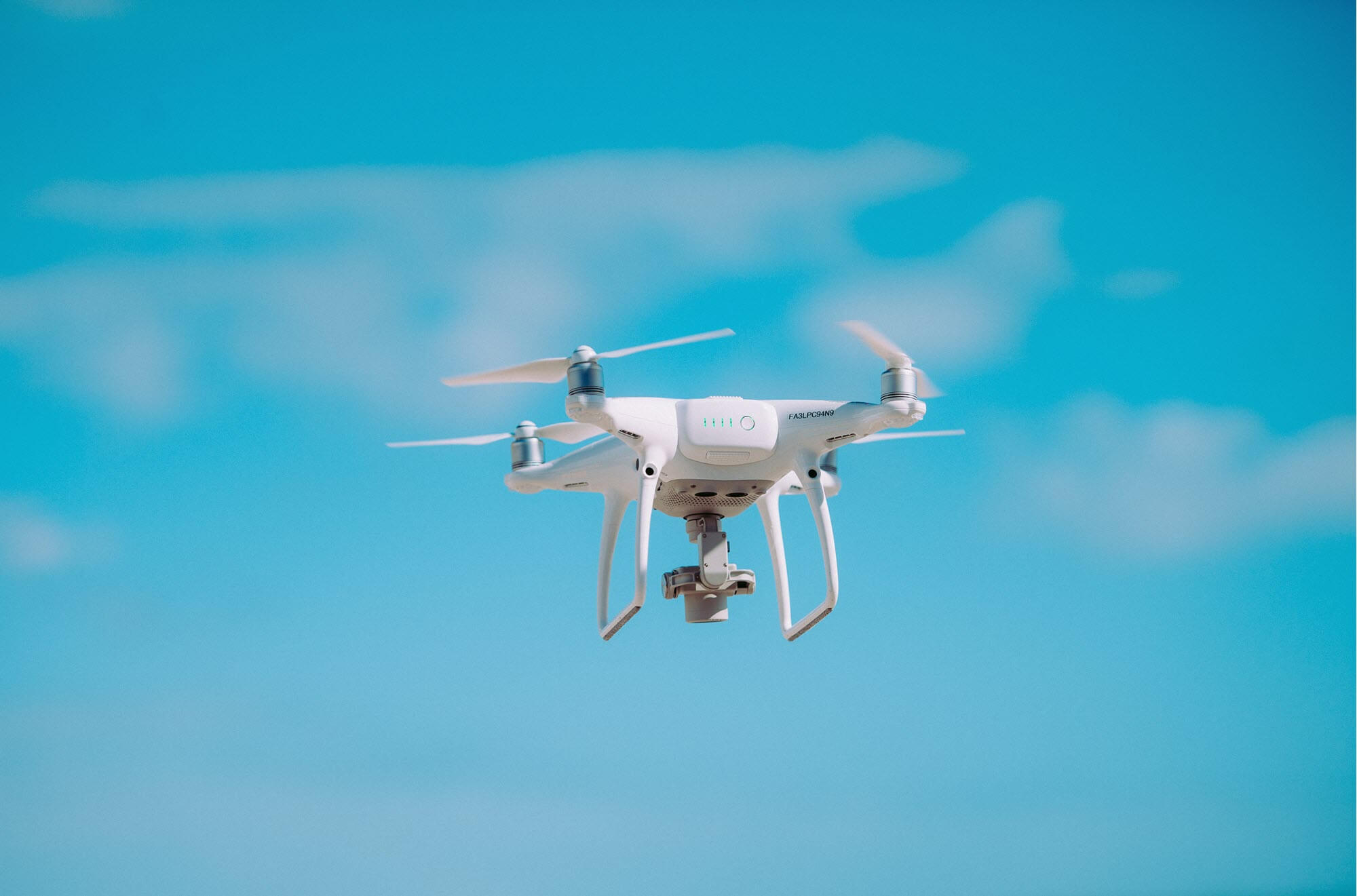There’s a buzz in the air at construction sites around the country, and it has nothing to do with power saws. Among commercial drones, the construction industry leads all sectors with 239% growth in industry adoption year over year, according to a global report. With that comes legal questions and concerns related to these devices.
Below are some key considerations provided by PropertyCasualty360 that construction industry professionals should follow to prepare and protect themselves.
- Recognize that workers will be using drones
- Incorporate that reality into your contracts
- Understand the regulations
- Recognize insurance issues
- Make sure there is appropriate indemnification
A drone’s bird’s-eye perspective, quick movement, capacity to carry and ability to be augmented will lead to more iterations and specialized uses of which we can’t yet conceive. Those in construction who embrace this technology will have a leg up on their competition and likely will be more attractive to developers who recognize the advantages of drones.
It makes for an exciting time for everyone in the industry, but it’s wise to understand and account for the risks associated with using drones. That means project owners, contractors and subcontractors all must educate themselves on the applicable regulations and guard themselves with adequate insurance coverage. Most of all, it’s pivotal that contracts and subcontracts are drafted with specific language regarding drone use and provisions for indemnity in case the risk turns real.
Read the full PropertyCasualty360 article here.








